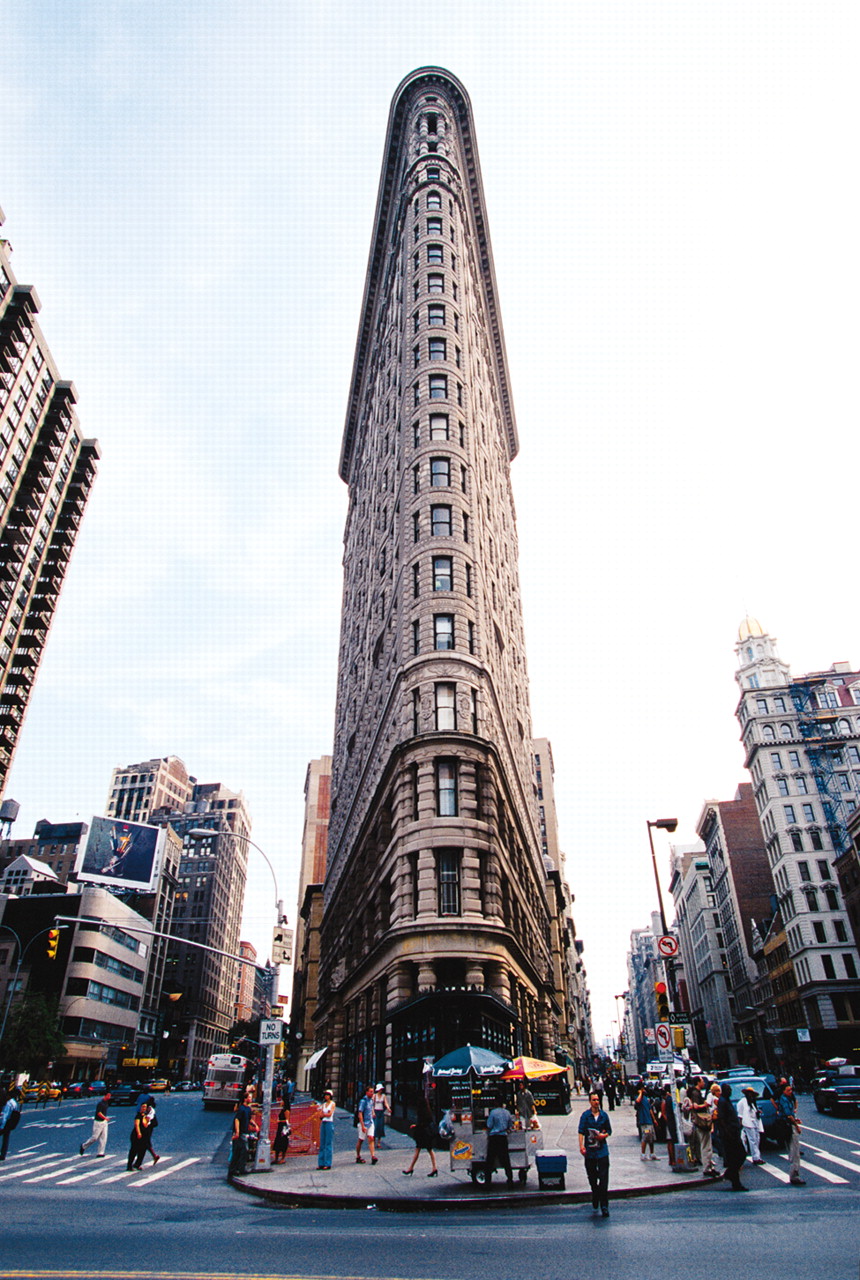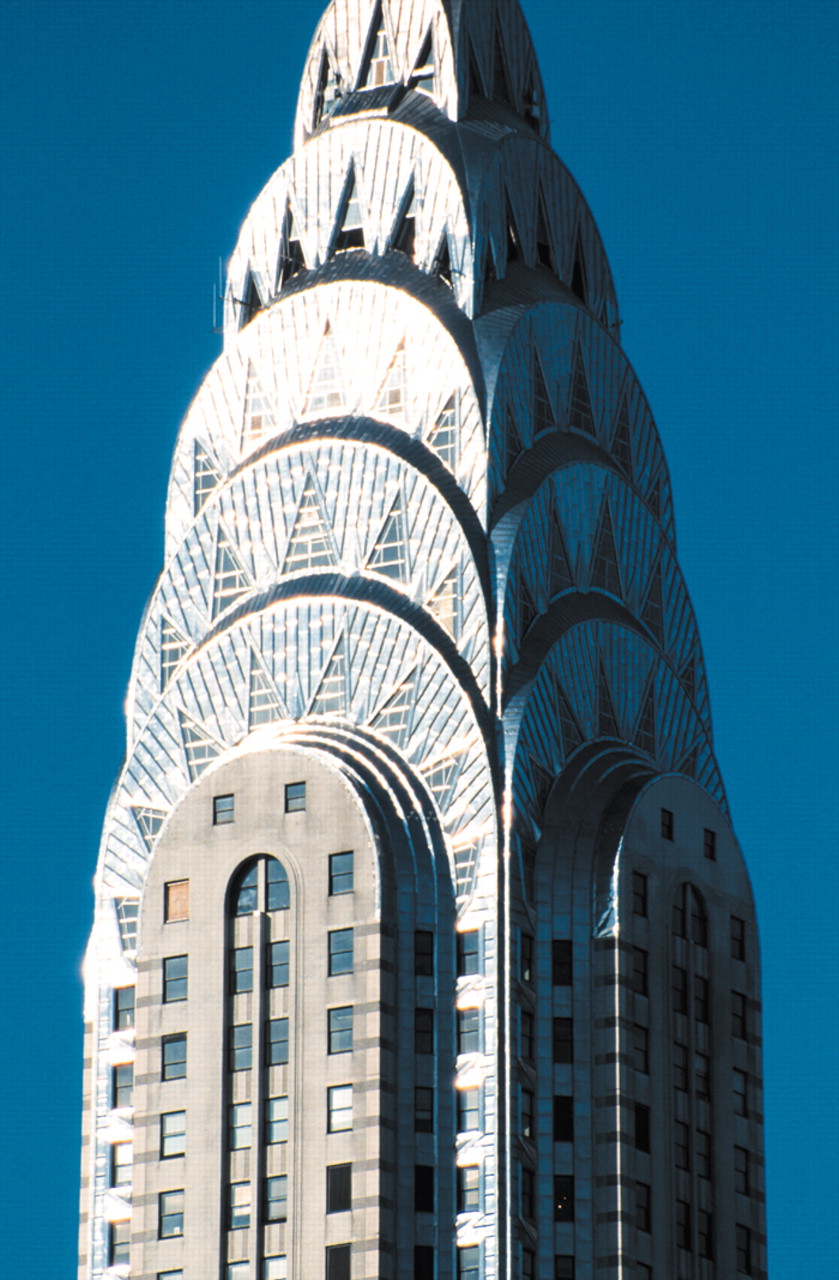Do you like buildings that are aesthetically pleasing? Are your feet in tiptop shape? If so, you should take some time during APA’s annual meeting to stroll around and view some of the Manhattan buildings that are famous architecturally.
The tour that we suggest starts at Fifth Avenue and 23rd Street and ends at Fifth Avenue and 56th Street. One reason that we decided on this strategy is that Fifth Avenue and 23rd Street is not all that far from the Javits Center, where the APA meeting is going to be held. Another rationale for this strategy is that the first building on the tour is the oldest, and the last building is the newest—giving one some sense of the progression of New York City architecture throughout the 20th century.
•
Flatiron Building at Fifth Avenue at 23rd Street: The Flatiron Building is one of the most popular and best-known skyscrapers in the world. It is called the Flatiron Building because it is shaped like an iron to press clothing. Actually if you stand in front of the building, you feel as if an ocean steamer—not an iron—is bearing down on you.
The building was constructed in 1902. Some think that it was the first building in Manhattan to have a steel structure, but dozens of steel-framed buildings had already been built in Manhattan during the 1890s. Nonetheless, because it boasts 22 stories, the Flatiron Building qualified as Manhattan’s first skyscraper. Many New Yorkers of that era worried that it would topple over, but it is still standing firm a century later.
• Grand Central Terminal at Park Avenue at 42nd Street: Grand Central Terminal (Station), completed in 1913, is both an engineering marvel and a distinguished piece of architecture. It is an engineering marvel because it provided innovative engineering solutions to the challenge of accommodating a vast network of railroad lines and linking them up with New York City’s subway network. It is a distinguished piece of architecture in that it represents a Beaux-Arts (French Classical Renaissance) monument to America’s Railway Age.
The terminal’s façade consists of a symphony of arches filled in with steel and glass and topped by a gigantic clock and nude male sculpture. Inside, the Grand Concourse features lavish marble work and a domed ceiling with 2,500 twinkling stars.
In 1978 the Supreme Court upheld the right of the City of New York to declare the terminal a landmark, thus dashing the hopes of some to build a huge tower over it.
Today, the terminal is the world’s largest and busiest transportation building, serving some 400,000 commuters daily and adding a modern twist to the adage, “It’s as busy as Grand Central Station.”
• Chrysler Building at Lexington Avenue at 42nd Street: The Chrysler Building, completed in 1930, is one of the most beloved buildings in Manhattan. It is an outstanding example of the Art Deco architectural style that flowered between World War I and World War II and that especially employed metal, concrete, new materials, angles, and geometric patterns.
Its steeple, formed by overlapping scales of gleaming steel with inset triangular windows, conveys majesty and a sense of optimism.
Inside, the building has 32 elevators; each is inlaid with a different kind of wood from a different part of the world.
• United Nations Headquarters at First Avenue at 42nd Street: The United Nations Headquarters, which actually extends from 42nd to 48th streets along First Avenue, consists of the majestic Secretariat Building, the domed General Assembly Building, the Conference Building, and the Hammarskjold Library. All were designed by world-prominent architects and finished in 1953. The buildings represent Bauhaus or International Style—pure form without ornamentation.
• Citicorp Center at Lexington Avenue at 53rd Street: The Citicorp Center, erected in 1978, was the most dramatic skyscraper to be erected in midtown Manhattan since the Empire State Building. In fact, the raising of its tower on stilts was one of the most daring building designs to be completed in the city’s history. Many people expected that its high-tech modernity and rakish design would herald in a new era of wild architectural experimentation, but that did not turn out to be the case.
• Trump Tower at Fifth Avenue at 56th Street: Built in 1983 by Donald Trump, one of the most flamboyant real-estate developers in New York City history, the Trump Tower is a 68-story bronze-colored glass skyscraper. Although the exterior may not be all that exceptional by Manhattan standards, the interior certainly is. A grand entrance leads to a seven-story pink-marble and bronze atrium, with a waterfall cascading down one of the atrium walls. Visitors can ride crisscrossed escalators to the upper levels of the atrium, which contain elegant shops. As a Frenchman visiting the atrium recently commented: “It’s a symbol of chic for the nouveau riche—marbled, gilded, grandiose!” ▪


